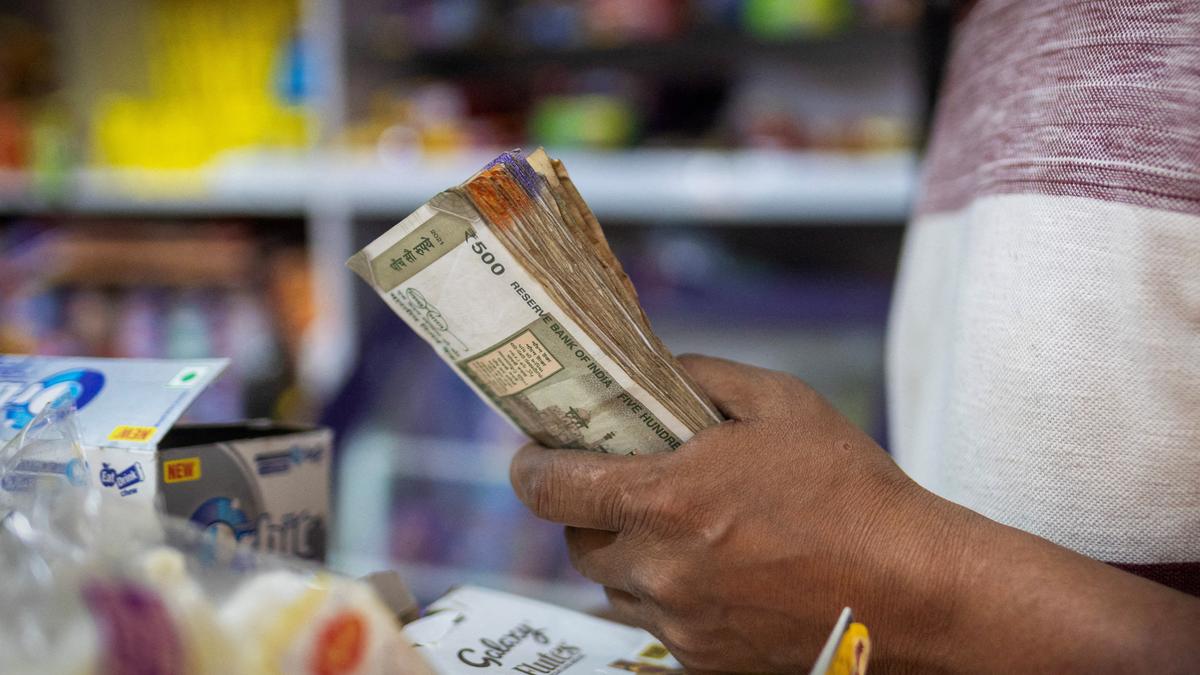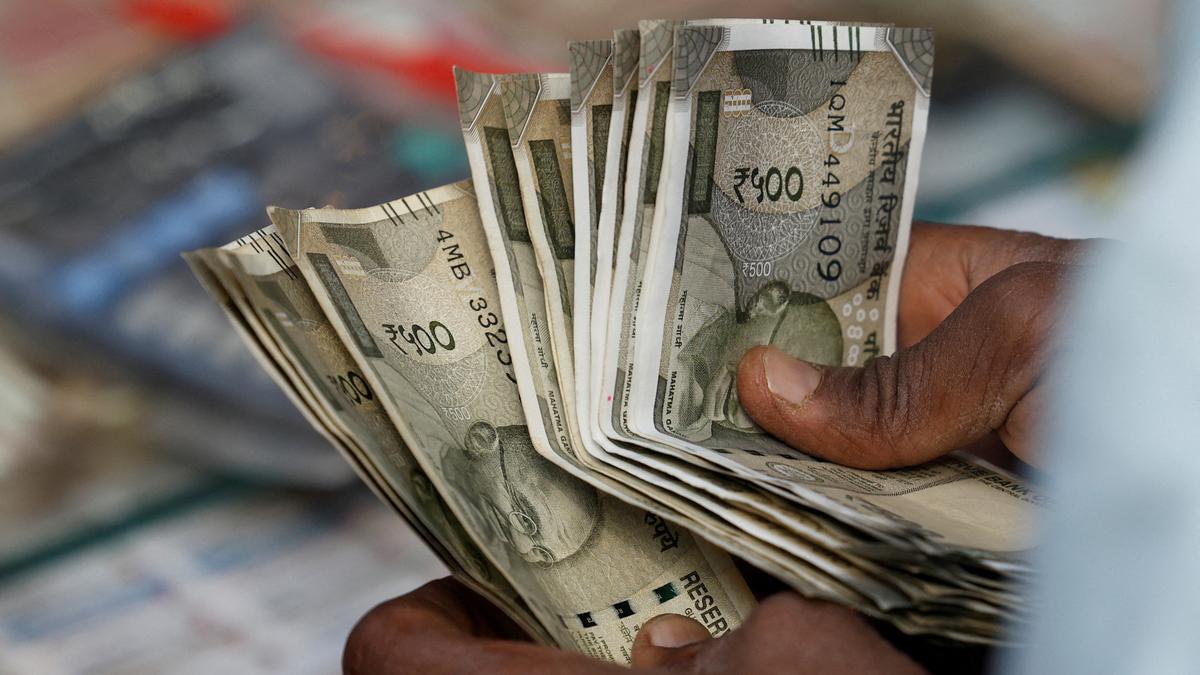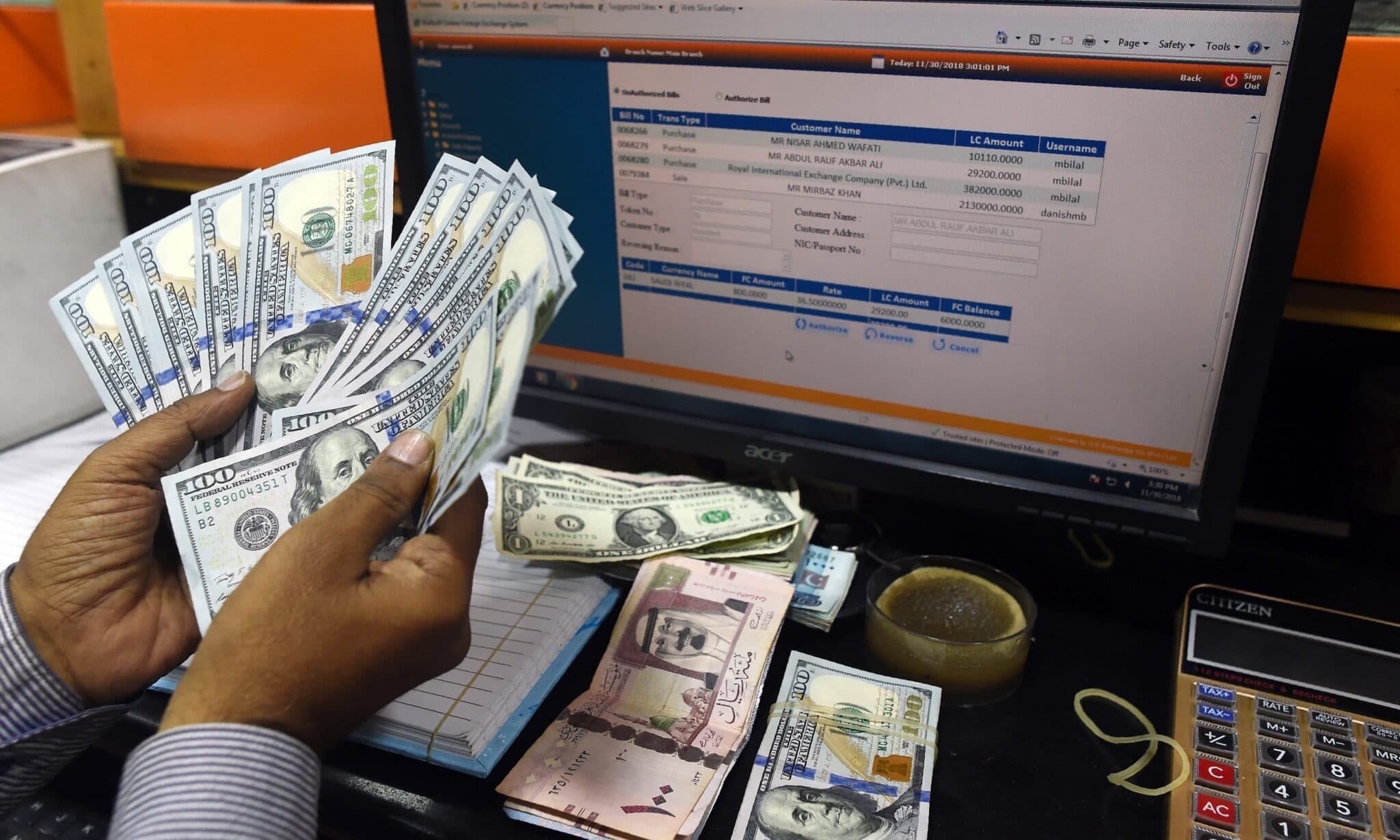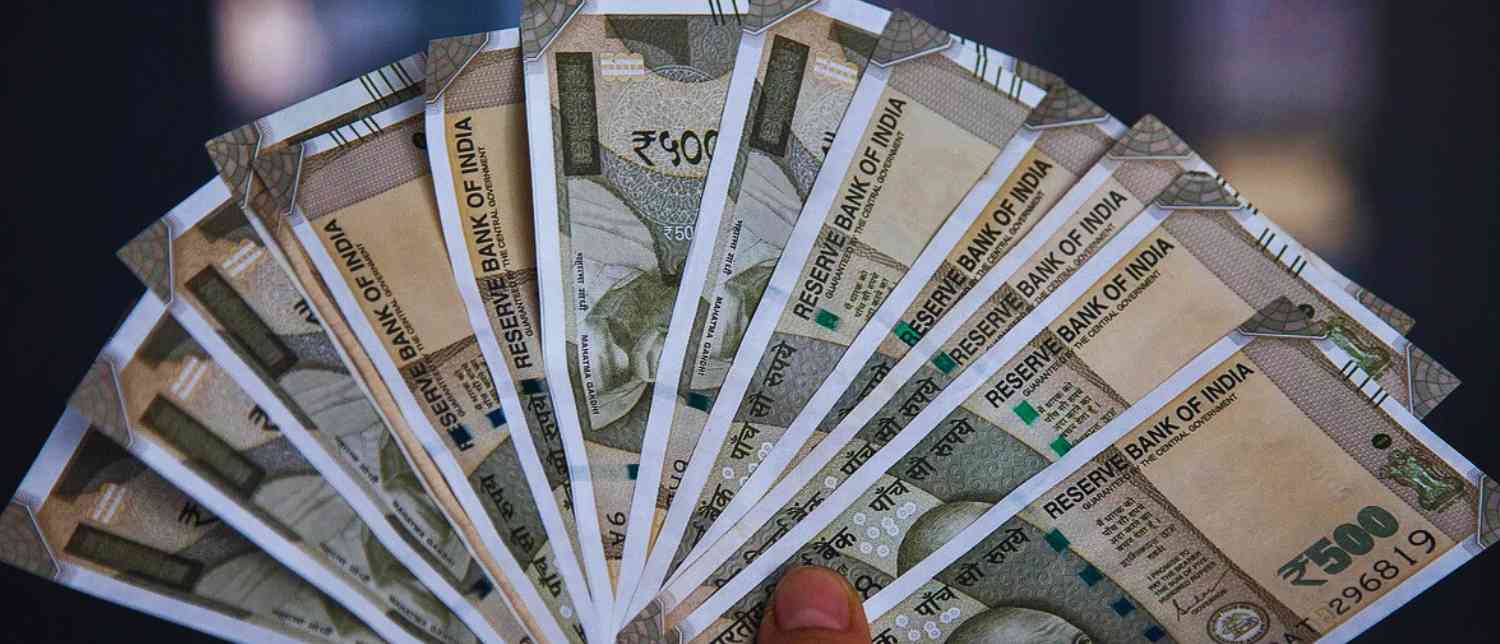The Indian rupee started Thursday’s trade on a stronger note, gaining 13 paise to reach 87.80 against the U.S. dollar. This rise comes after several days of ups and downs in the currency market, showing that global and local factors continue to shape the rupee’s direction.

At the interbank foreign exchange market, the rupee opened at 87.85 and soon touched 87.80 in early trades. On Wednesday, it had closed at 87.93 against the dollar. While this improvement might look small, it reflects fresh investor confidence after some stability in crude oil prices and steady foreign fund inflows.
Currency experts say the main reason behind the rupee’s slight rise today is a weaker U.S. dollar index. The index, which measures the dollar’s strength against other major currencies, eased as global traders are waiting for new economic cues from the United States, especially the Federal Reserve’s next interest rate decision.
Oil prices also remained calm, staying near $84 per barrel. Because India imports a large part of its oil, lower prices reduce the demand for U.S. dollars in the market, which often helps the rupee strengthen. In addition, steady inflows of dollars from foreign investors into Indian equity and debt markets have supported the rupee this week.
Traders say that the Reserve Bank of India (RBI) continues to keep a close watch on currency movements. The central bank has been actively intervening in the forex market to manage volatility, ensuring that sharp falls or rises don’t hurt trade and investment flow.

A stronger rupee is generally good news for Indians traveling abroad or for businesses that import goods. It reduces the cost of goods purchased in dollars, such as crude oil, electronics, and machinery. If the rupee continues to stay firm, it might help limit inflation, since imported goods could become slightly cheaper.
However, exporters often prefer a weaker rupee because it makes their goods more competitive in international markets. So, for sectors like IT services or textile manufacturing, a stronger rupee could reduce earnings when revenues are converted from dollars to rupees.
Experts believe that the rupee may remain in the range of 87.60–88.00 in the near term, depending on how the dollar moves globally and what the RBI does. Domestic equity markets and growing foreign inflows might continue to keep the rupee supported, but global uncertainties—like the slowdown in China or renewed tensions in the Middle East—can still influence it.
Market participants note that the rupee’s movement reflects cautious optimism. Investors are relieved that inflation, both in India and globally, has cooled slightly, which reduces pressure on central banks to raise interest rates further. On social media, many retail investors are discussing how the rupee’s stability could make imports cheaper before the festive season, giving some relief to consumers.

Still, analysts advise that there is no reason to expect major appreciation soon. The rupee, they say, remains sensitive to any global shock—whether from oil prices, geopolitical risks, or sudden dollar strength.
In simpler terms, while today’s gain shows a bit of positive momentum, the rupee’s future will depend on how the world economy moves in the coming weeks. For now, India’s currency looks steady, and that’s a comforting sign for both traders and everyday consumers.
With inputs from agencies
Image Source: Multiple agencies
© Copyright 2025. All Rights Reserved. Powered by Vygr Media.

























